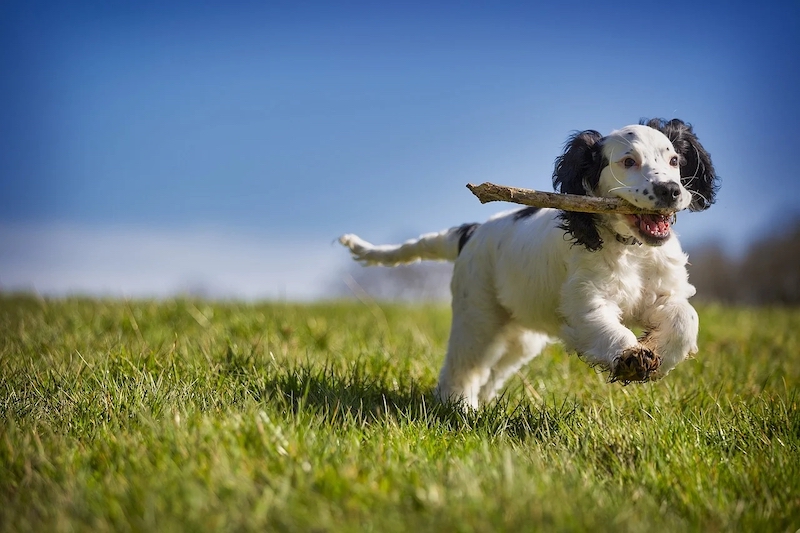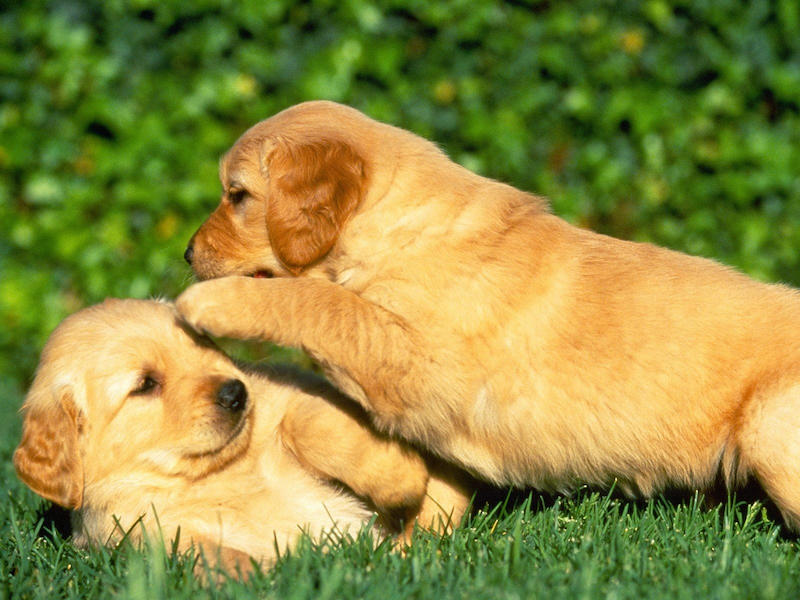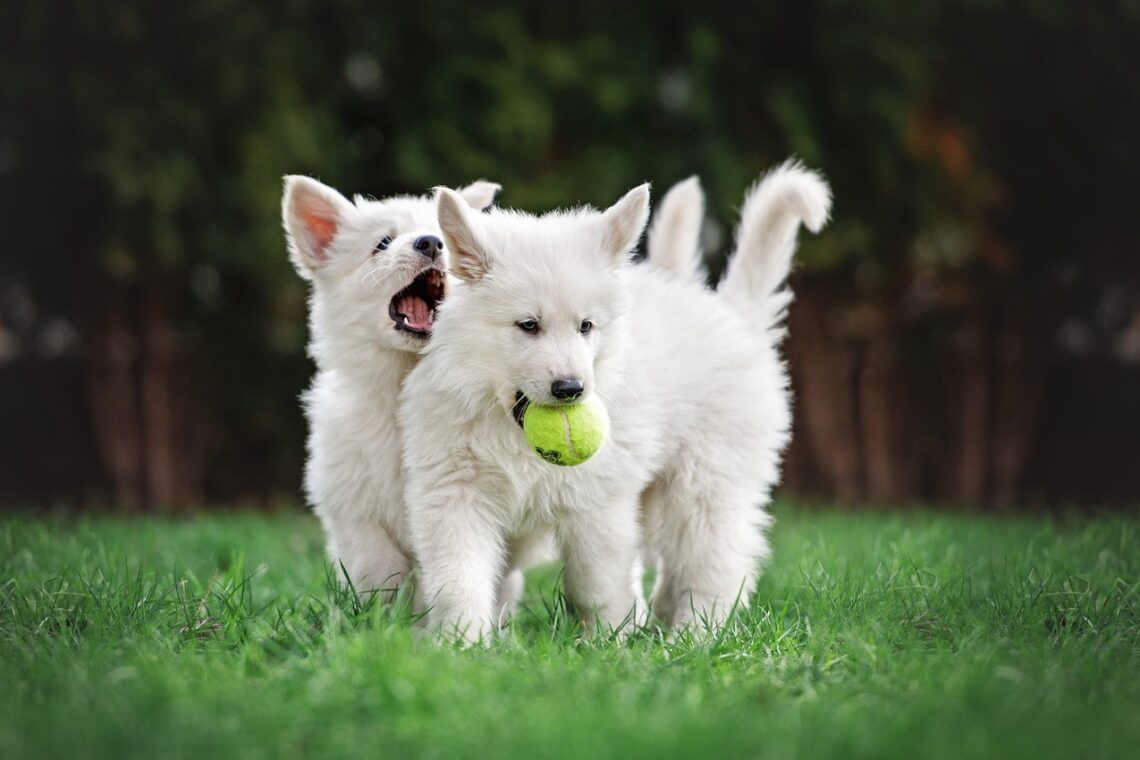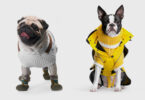Buying toys for your dog is not innocent, playing, being an extremely important activity for the well-being of our four-legged friends.
Exactly, it turns out that there are a number of accessories to amuse our loyal doggies on the market … Maybe too much, which sometimes makes the choice a little difficult.
Make no mistake: many of the dog toys on the market are of poor quality and, apart from deteriorating quickly, can be dangerous to your pooch’s health.
To support you in your search for the best toys for your dog, I offer you an ultimate – but not exhaustive – list of essential and qualitative articles from the dog market.
Preconceived ideas and good practices
Before offering you a few articles to entertain your pet, I offer a little update on the activity and the preconceived ideas associated with it.

My dog doesn’t like to play
If your dog is losing interest in the game, it may be because you haven’t spent enough time in it for a long time.
The passion for play in dogs must indeed be nurtured, and if you lack the time to have fun with your companion, he may simply lose the habit of playing and lose interest in games.
To maintain both mental and physical health, I, therefore, recommend that you do not neglect this activity and, for example, avoid replacing games entirely with walks: both are essential.
It is also possible that your dog is in physical pain, which prevents him from having fun: a prime dog who refuses to move should see a veterinarian quickly.
Also, maybe the games you offer your dog do not match his instincts and are poorly suited to his temperament.
Primitive dog breeds, for example, often don’t mind chasing a bullet but are thrilled to indulge in Canicross or explore their surroundings.
Hounds don’t always like to fetch, but they will enjoy tracking games above all else.
Finally, don’t leave a dog that doesn’t feel like playing. Start by making sure he is healthy by seeing a vet, then take the time to research the activities that he really enjoys.
A dog who is depressed or has lost activeness may well recover with the help of his owner, and it will be all the better for his physical and mental health.
My dog is playing too much or too hard
Contrary to popular belief, you never play “too much” with your dog, it is an activity to be consumed without moderation.
You should also respect the fact that dogs need to let off steam, and avoid thinking that the game is just a lifelong training session.
Educating your dog through play is indeed one of the best ways to instill orders while maintaining mental balance, but play must also fully meet the expense needs of the dog for education to be effective.
Also, let your dog pounce, bark, and “steal” his toys as much as he wants, as long as he is neither aggressive towards you nor dangerous to others (for example, by running away on a road).
Also, remember not to interrupt your gaming sessions every minute with orders, and even less with reprimands.
If your pet gets too excited, gets out of control, pushes, or pinches you, stop play immediately and come back to him as soon as he has calmed down, 1 to 5 minutes later.
You need to make sure you have the initiative for the games, but again this requires your dog to be able to play enough so that he or she is not lacking inactivity.
In fact, you cannot expect a dog not to “harass” its owner to play if it lacks attention on a daily basis.
As you will have understood, we also cannot demand that the games take place in peace and that the dog listens to your orders if he never has time to simply frolic in complete freedom.
Draw games are not recommended and a dog must learn to give his toy
We sometimes hear that drawing games (in which the animal pulls on a toy to snatch it from its owner) are not recommended because they make dogs temperamental.
None of this is true, and on the contrary, drawing games are recommended to build your dog’s muscles and help him burn off his energy.
However, there are a few rules to follow, including only using your pet’s toys, otherwise, they could get into the habit of shooting anything.
You should also absolutely never shake the object that a dog is pulling violently, otherwise, it will damage its neck.

Finally, the shuffle game should not be confused with resource protection, where the dog does not have fun pulling a toy, but just seeks to keep it to himself.
Regarding this last point, it brings me to the delicate subject of resource protection, a common behavior in dogs, which then refuses to share or give away their toys.
This attitude often provokes incomprehension or anger among teachers who see it as disobedience.
It is not, the protection of resources is a natural behavior in dogs, which is more marked in some specimens (sometimes due to trauma that led them to run out of something).
If your pet is not dangerous (he growls when you try to take his toy, but never pretends to attack), I advise you to let it sink and not to try to take the objects he cares about again.
Indeed, taking his toys simply on principle could cause him significant stress, and even traumatize him.
Accepting this behavior will allow you to build a healthy relationship with your dog, based on mutual respect and strong mutual trust.
On the other hand, if your dog’s resource-protective behavior makes him unsafe, unpredictable, or accompanied by other behavioral disturbances, I recommend that you bring in a behaviorist who will help you deal with the problem.
The best dog toys for fun
- Kong Classic toy
- The Pipolino
- The interactive Aikiou bowl
- The Dog Casino
- Chuck It balls
- Outward Hound plush toys
- The Trixie rope
Final words and important recommendations
Loving and educating your dog also means protecting him against the vagaries of life. That is why I strongly recommend that you take out dog health insurance as soon as possible. This will save you astronomical veterinary fees in the event of an accident or illness.







